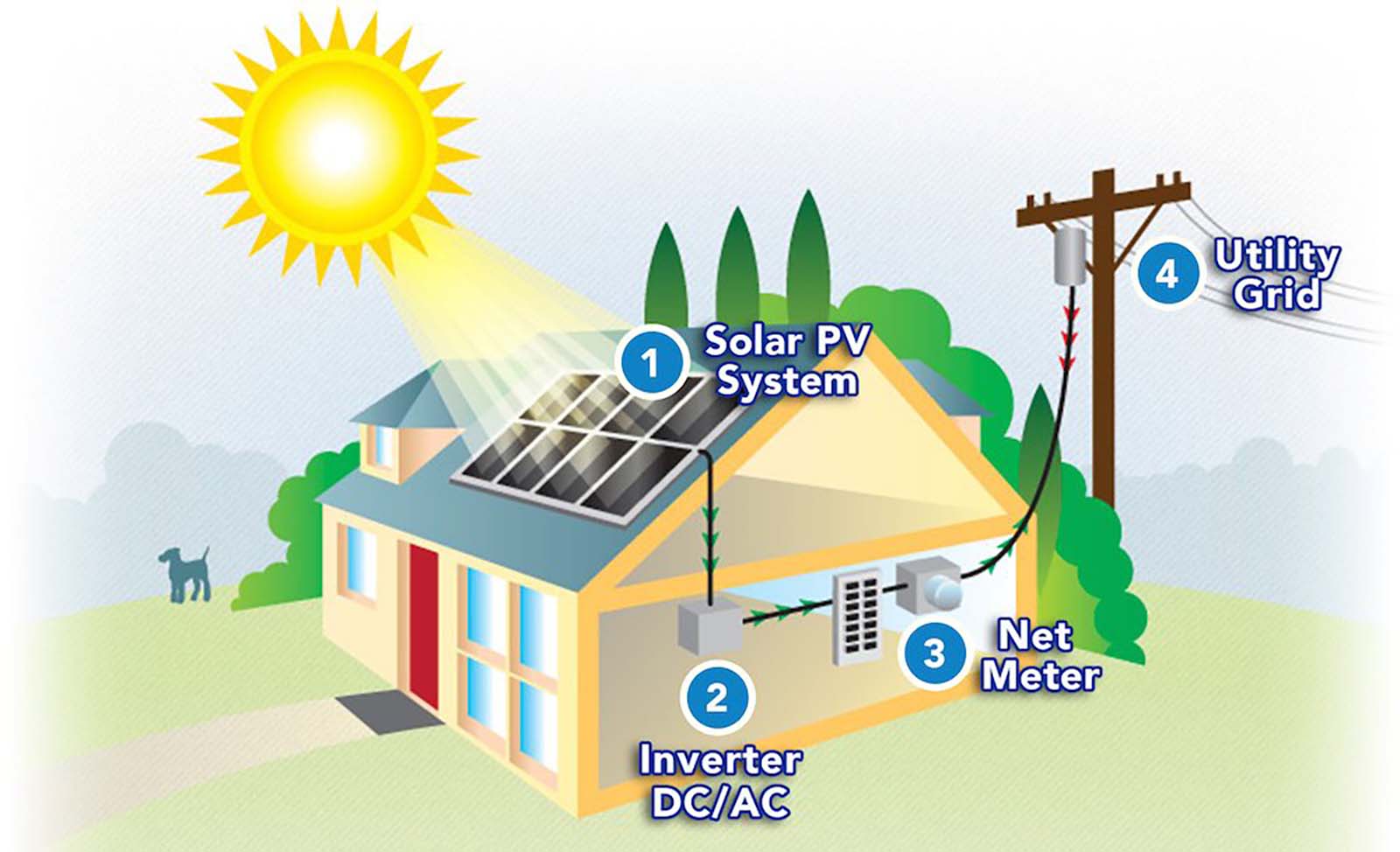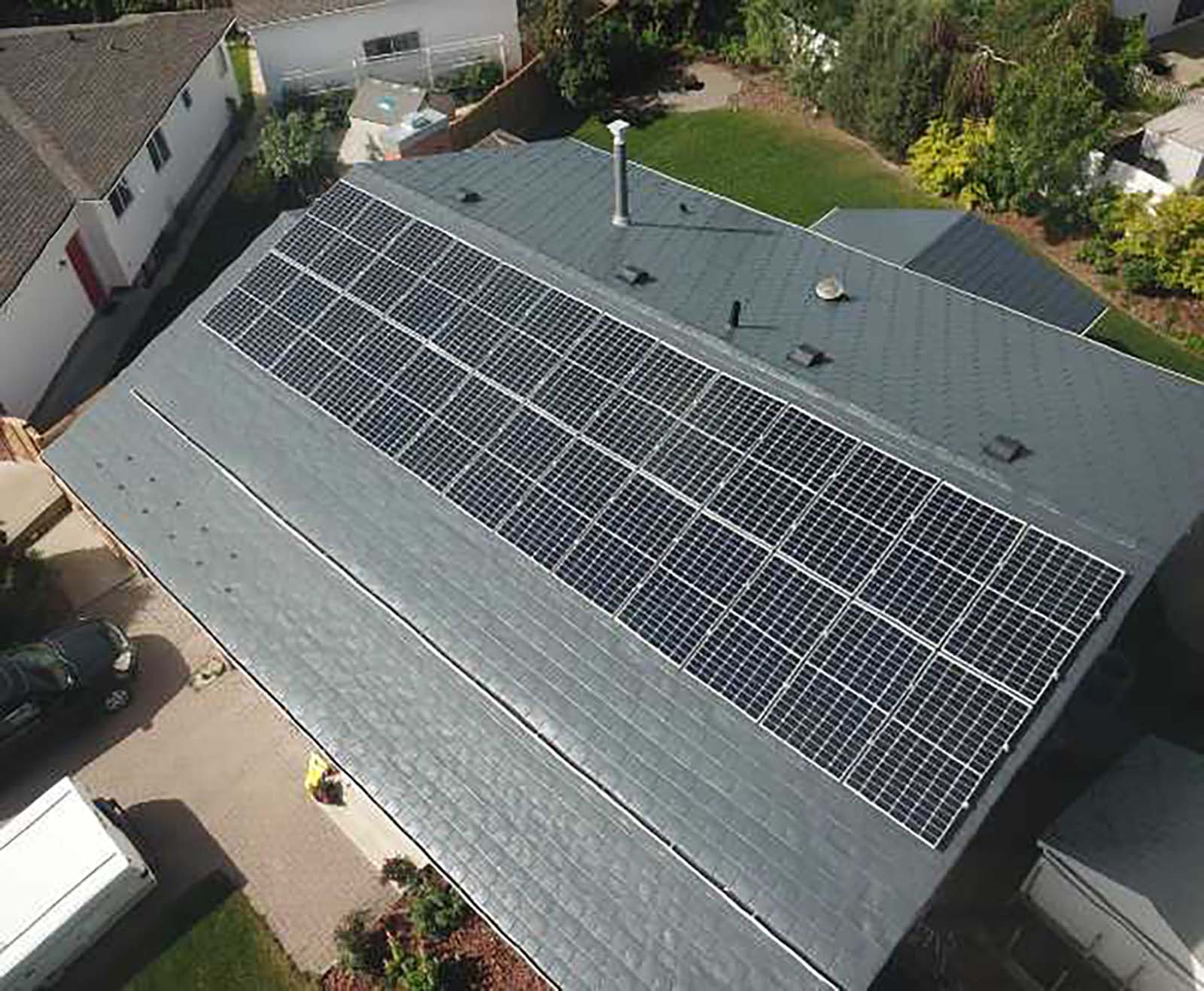The Cost Curve for Battery Storage

When it comes to the integration of renewable energy sources, such as solar and wind power, one of the biggest challenges is the ability to store excess energy for later use. Battery storage has emerged as a key solution to this challenge, offering a way to capture and store electricity generated from renewable sources for use when the sun isn’t shining or the wind isn’t blowing.
The cost curve for battery storage refers to how the cost of battery storage technology changes over time. In recent years, the cost of battery storage has been on a downward trend, making it an increasingly attractive option for utilities, businesses, and homeowners looking to store excess energy and improve grid reliability.
Factors influencing the cost curve for battery storage
There are several factors that influence the cost curve for battery storage. These include the cost of the actual battery components, such as lithium-ion cells, as well as the cost of manufacturing, installation, and maintenance. Additionally, research and development efforts aimed at improving battery technology and efficiency can also impact the cost curve.
Technological advancements
Advancements in battery technology have significantly contributed to the reduction in costs. For example, improvements in the energy density of batteries, as well as advancements in manufacturing processes, have led to lower production costs and increased energy storage capacity.Economies of scale
As the demand for battery storage increases, economies of scale come into play. Increased production volumes and standardized manufacturing processes can lead to lower costs per unit, ultimately driving down the overall cost of battery storage systems.Energy policies and incentives
Government policies and incentives, such as tax credits and subsidies, can also play a role in influencing the cost curve for battery storage. These measures can help offset initial investment costs and encourage the deployment of battery storage systems, thereby driving down overall costs.The future of battery storage costs
Looking ahead, the cost curve for battery storage is expected to continue its downward trajectory. As technology advances and economies of scale further improve, the cost of battery storage is projected to become even more competitive with traditional energy storage options. Additionally, the growing demand for energy storage solutions, coupled with supportive government policies, will likely contribute to further cost reductions.Increased adoption
As more businesses and homeowners adopt battery storage systems, the industry will continue to mature, creating a virtuous cycle of innovation and cost reduction. This increased adoption will also lead to more research and development, driving further advancements in battery technology and cost savings.Grid resiliency and energy security
The need for grid resiliency and energy security in the face of climate change and natural disasters will also fuel demand for battery storage. As a result, the industry will be pushed to innovate and drive down costs to meet the growing need for reliable energy storage solutions.In conclusion, the cost curve for battery storage is influenced by a myriad of factors, including technological advancements, economies of scale, and energy policies. As these factors continue to evolve, the cost of battery storage is expected to decrease, making it an increasingly viable option for energy storage and grid reliability. As the industry continues to mature and innovate, the future looks bright for affordable and efficient battery storage solutions.

